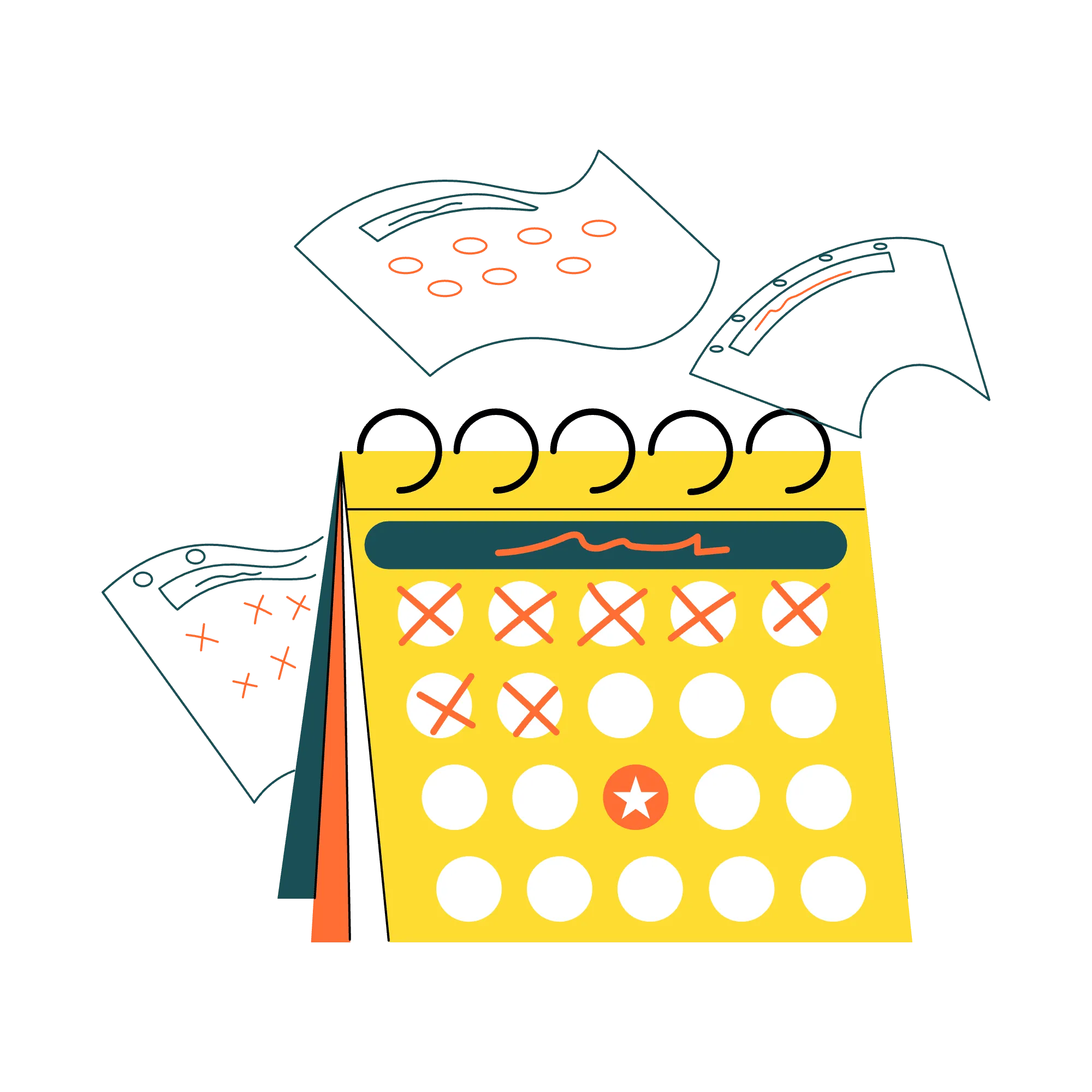Step-by B2B growth playbooks
Step-by-step implementation guides for the most critical growth activities. These aren't theoretical frameworks—they're the exact processes I use with clients to drive results. Each playbook is action-driven, with clear decision points, templates, and examples. Perfect for when you need to implement quickly and correctly.
.webp)


%2520(1).webp)






.webp)



.svg)















